Dental filling procedure: materials, benefits and aftercare
Dental fillings help restore tooth decay and minor to moderate tooth damage by filling in gaps and restoring the tooth’s integrity. These procedures are easy and pain-free for patients. Here’s how fillings work, including the materials used and what to expect after receiving a filling.
What are dental fillings?
Dental fillings are a restorative dental procedure where a dentist restores a damaged or decayed tooth section by filling the area with special materials. They are often used when the tooth can be saved and does not need removal and replacement.
What materials are dental fillings made of?
Dentists may use several materials for dental fillings, each with unique benefits and considerations:
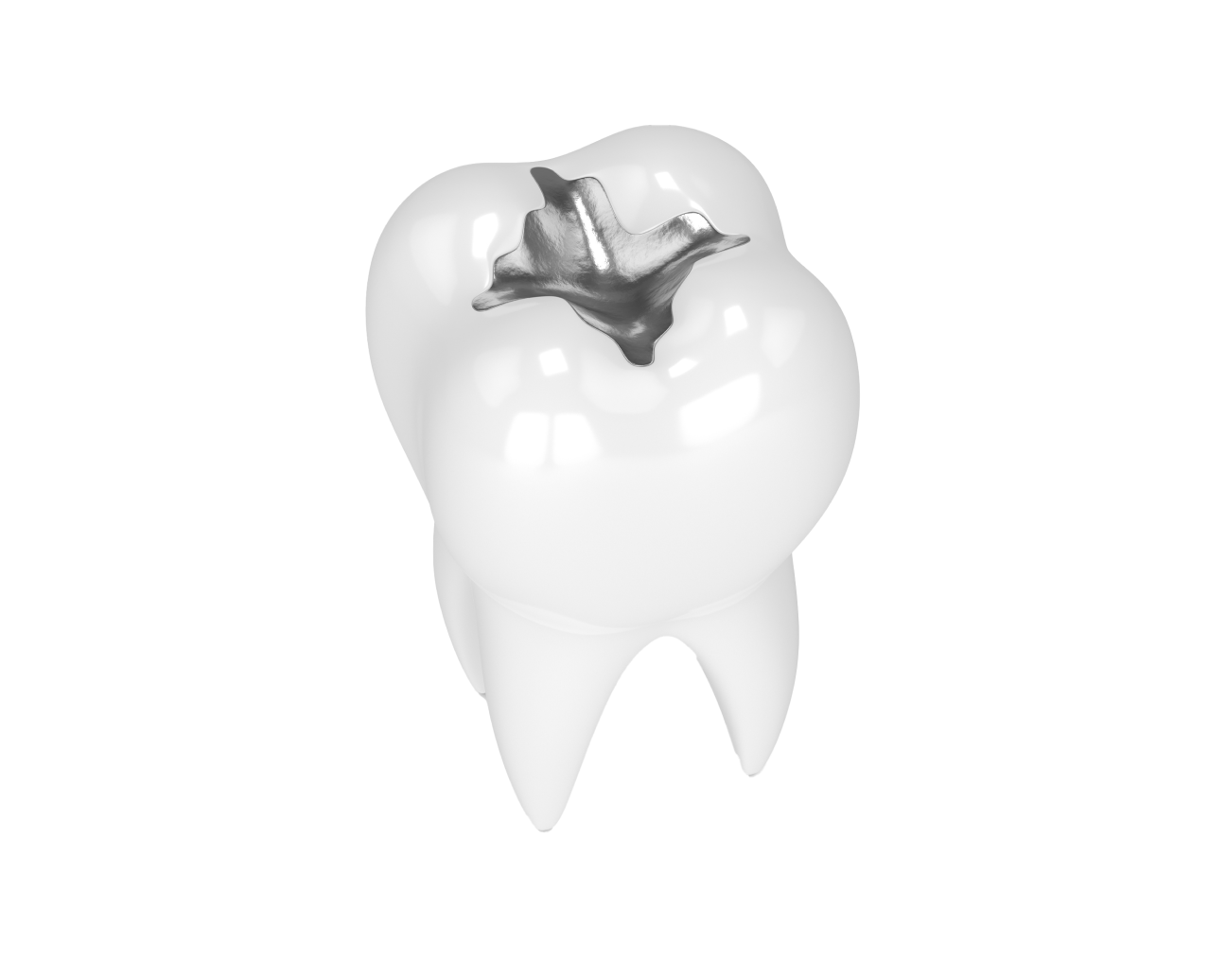
Amalgam
Amalgam is a mixture of silver, zinc, tin, copper, and mercury. Amalgam fillings are durable, strong, long-lasting and more affordable than some other options. However, they don’t blend seamlessly with the tooth’s natural shade since they have a silver color. So, they may work better for teeth further back in the mouth, such as the molars.
The American Dental Association (ADA), the US Food and Drug Administration (FDA), and several public health agencies have stated that silver (mercury-based) amalgam fillings are safe. However, patients may still have concerns about the mercury content. If so, other materials may be available.
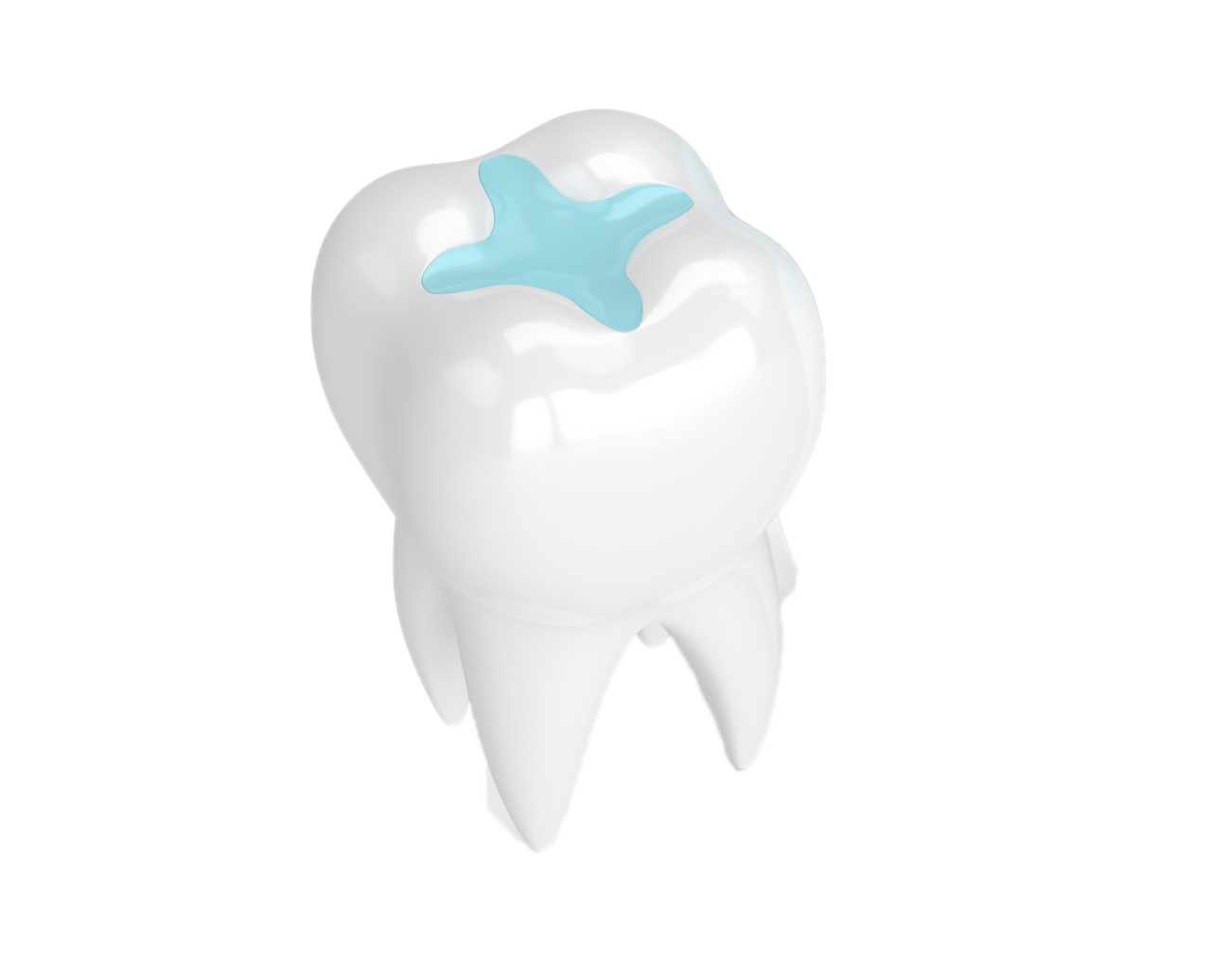
Glass ionomer
An ionomer is a special type of plastic designed for strength and flexibility. However, a glass ionomer combines glass with an acrylic ionomer to create a more natural-looking material for fillings. This filling material fits well into the existing tooth structure and releases fluoride directly into the tooth, guarding against decay.
That said, glass ionomer is weaker and less durable than materials like amalgam. They can wear or even fracture when force is applied regularly. The weaker durability but more natural look often suits glass ionomer fillings to the more visible front teeth or baby teeth.
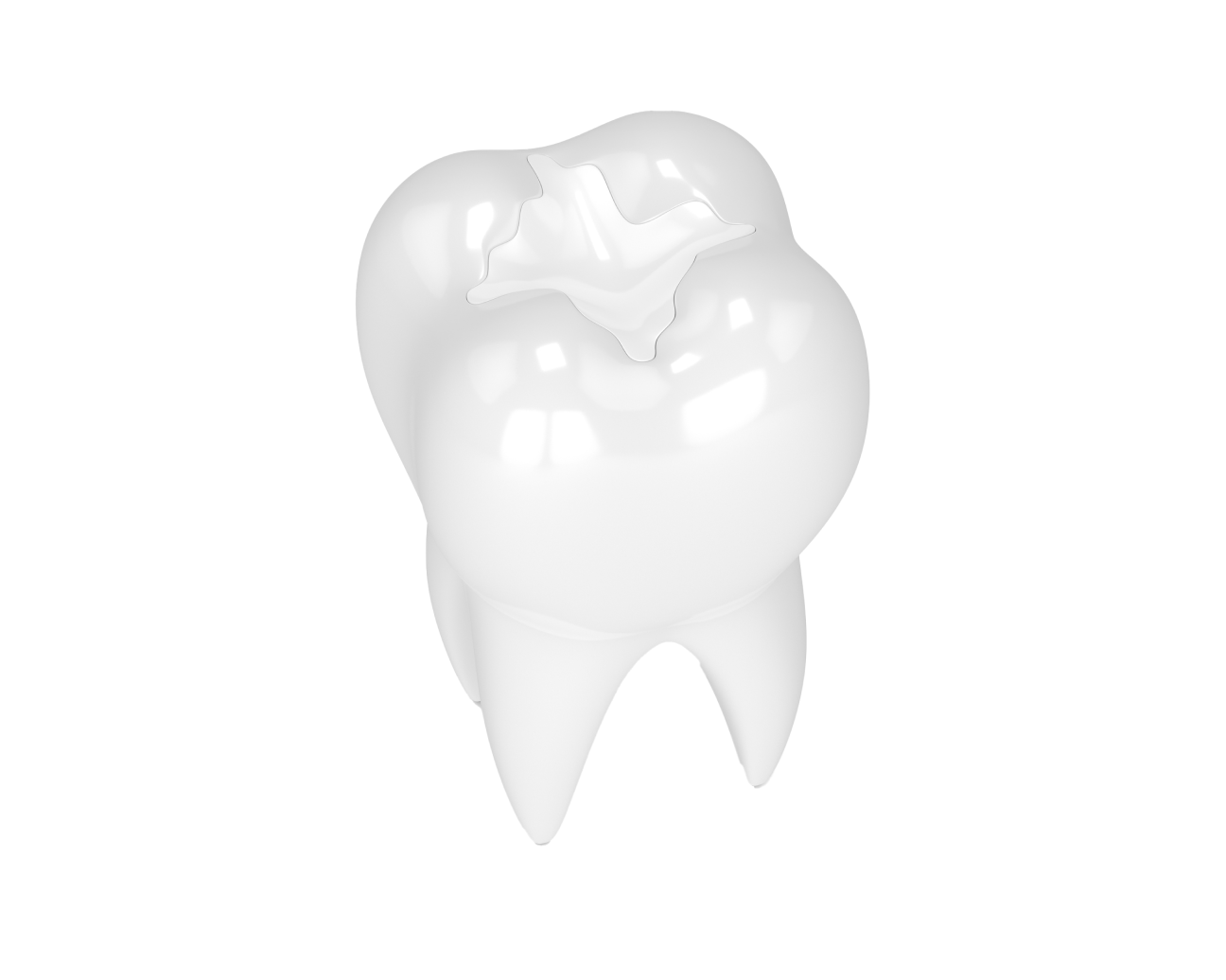
Resin composite
A resin composite filling combines plastic resin with powdered glass or ceramic to match the tooth’s shade and color even better than glass ionomer. They offer more durability and strength than glass ionomer but less than amalgam. However, resin composites lack the fluoride release of glass ionomer and tend to cost more. They balance durability and appearance if you have the budget for them.
How long does a dental filling procedure take?
Dental fillings generally take as little as 30 to 60 minutes. Here’s what to expect:
If you receive a resin composite filling, your dentist will shine a special curing light on it to harden it after placing the filling.
Numb the area
You’ll receive numbing gel on your gums and an injection to manage pain.
Decay removal
A drill or other specialized dental tool removes decayed or damaged tooth tissue.
Fill the tooth
The dental filling material is placed in the tooth hole.
Apply polish
Your dentist polishes the area and smooths any edges.
Final check
Your dentist checks your bite.
Benefits of dental fillings
Dental fillings offer many benefits for such a straightforward dental procedure.

Strengthen teeth
Biting with decayed or damaged teeth puts more force on a less stable tooth, increasing the risk of fracturing or other further damage. It also creates disparities in how pressure is displaced across the tooth. The filling helps to restore the tooth’s strength to sustain biting forces once more and distribute that force more evenly.

Preserve teeth structure
Dental fillings help reinforce the tooth’s structure by removing the damaged or decayed portion without extracting the entire tooth. The filling, meanwhile, restores structural integrity to the tooth. As a result, the tooth’s function is restored.
This doesn’t just apply to the target tooth. Restoring the damaged tooth’s structure helps support nearby teeth by reducing excess wear and preventing those teeth from potentially shifting.

Prevent decay
According to the World Health Organization (WHO), tooth decay is one of the most widespread health conditions in the world.
1 Tooth decay can spread and threaten the whole tooth when untreated. Advanced decay may require removing and replacing the tooth. The procedures involved (extraction and replacing the tooth) with these are more complex and costly.
Part of the filling procedure is removing the decayed or damaged tissue, which helps stop the decay. Replacing that tissue with the filling material also plays a role since it doesn’t decay like tooth tissue can. As a result, you won’t have to have the tooth removed or go through other procedures like root canals. Plus, if the filling is glass ionomer, you could guard against decay further by remineralizing the teeth because it releases fluoride into surrounding tooth tissue. However, keep in mind that glass ionomers are rarely used anymore.

Long lasting
A filling’s longevity depends on the material and which tooth it’s placed in. For example, silver amalgam and gold tend to be the strongest since they are metal. However, modern advancements in composite resins aren’t far behind in durability while offering a more natural look. These materials are often used on teeth that don’t play as big a role in chewing. Proper oral hygiene and regular dental visits can help you achieve the following dental filling lifespans, depending on the material:
Amalgam: up to 15 years
Ceramic: up to 15 years
Composite resin: up to 7 years
Glass ionomer: up to 5 years
Dental filling aftercare and recovery
Pain management can make the procedure itself painless. However, as that wears off afterward and the body begins to recover, you may experience minor pain and sensitivity for a few days. Here are some ways to manage pain and make for a quick and smooth recovery:
Avoid chewing with the tooth
Try to avoid chewing with the tooth. For instance, if you received a filling in one of your right molars, chew with the left side of your mouth.
Eat soft or liquid foods
Soft and liquid foods, such as yogurt, soup, and soft fruits can help you minimize chewing to avoid pain and sensitivity. Avoid chewy foods and extreme temperatures as well.
Take it easy
Avoid vigorous physical exercise, especially contact sports, for one to two days to avoid damaging the filling.
Follow excellent oral health habits
Continue brushing twice daily, flossing once daily, and rinsing once daily. Be gentle around the filling to minimize pain and sensitivity.
Avoid tobacco
Tobacco use of any kind can irritate the filling and raise your risk of contracting an infection. Wait a few days before using tobacco products. However, it’s best to avoid tobacco altogether.
Report any unusual symptoms immediately
If the pain is severe or lasts several days, or if you notice anything else unusual, contact your dentist at Aspen Dental immediately to correct the issue.
How to care for your dental fillings
Caring for dental fillings is much like keeping your other teeth in good health. Here’s how to prolong the lifespan of your fillings:
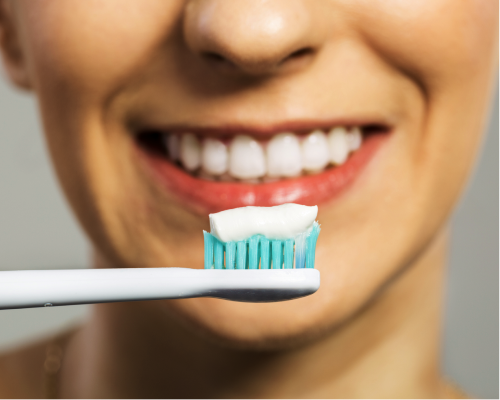
Brush with fluoride toothpaste
Fluoride strengthens tooth enamel through remineralization. The fluoride binds to materials in the teeth, restoring lost enamel. Brushing twice daily with fluoride toothpaste can help fight decay.

Floss and rinse
Floss daily to remove decay-causing plaque and bacteria. Rinse with a fluoridated mouthwash once daily to help remineralize your teeth, slow decay, and remove debris.

Visit the dentist regularly
Dentists can clean any missed or hard-to-reach spots and identify early warning signs of issues to take prompt action. The dentist can also give you pointers on improving your oral hygiene routine.

Report damage immediately
As mentioned earlier, report any damage or unusual symptoms to your dentist immediately to minimize complications and other issues.
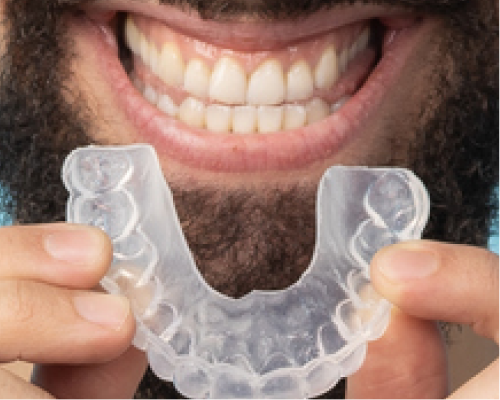
Consider a mouthguard
Grinding your teeth can wear down natural teeth and fillings. Speak with your dentist about getting a custom mouthguard, especially a nightguard, since you may unconsciously grind your teeth all night while sleeping.
Dental fillings FAQs
Can you eat after getting a dental filling?
Yes, but wait until the pain management wears off. Eating before it wears off can cause you to bite your cheek or tongue without noticing and cause serious injury. Even after it wears off, stick to a soft and liquid diet for a couple of days. Foods like soup, stew, yogurt, soft pasta, soft fruits, and smoothies or protein shakes may be good options. Chew any solid foods with the non-filling side of your mouth. After a few days pass, you may be able to return to your normal diet. However, continue to exercise care.
How long should teeth hurt after fillings?
Many patients experience minor pain and sensitivity for the first few days after the procedure. This is normal and should end within a week post-treatment. If you experience severe or prolonged pain or notice other issues, contact your dentist immediately to uncover the issue.
Can you brush your teeth after a filling?
Yes, you can and should brush after a filling. This helps to stop further decay on the target tooth and surrounding teeth. However, like with eating, wait until the pain management wears off so you have feeling in all areas of your mouth. Use fluoride toothpaste and a soft-bristled toothbrush. Be gentle on the filling area to avoid triggering pain, sensitivity, or other issues.
Discover more of our dental resources
Get in today
Don’t delay your dental care. Get into your local Aspen Dental office today.
